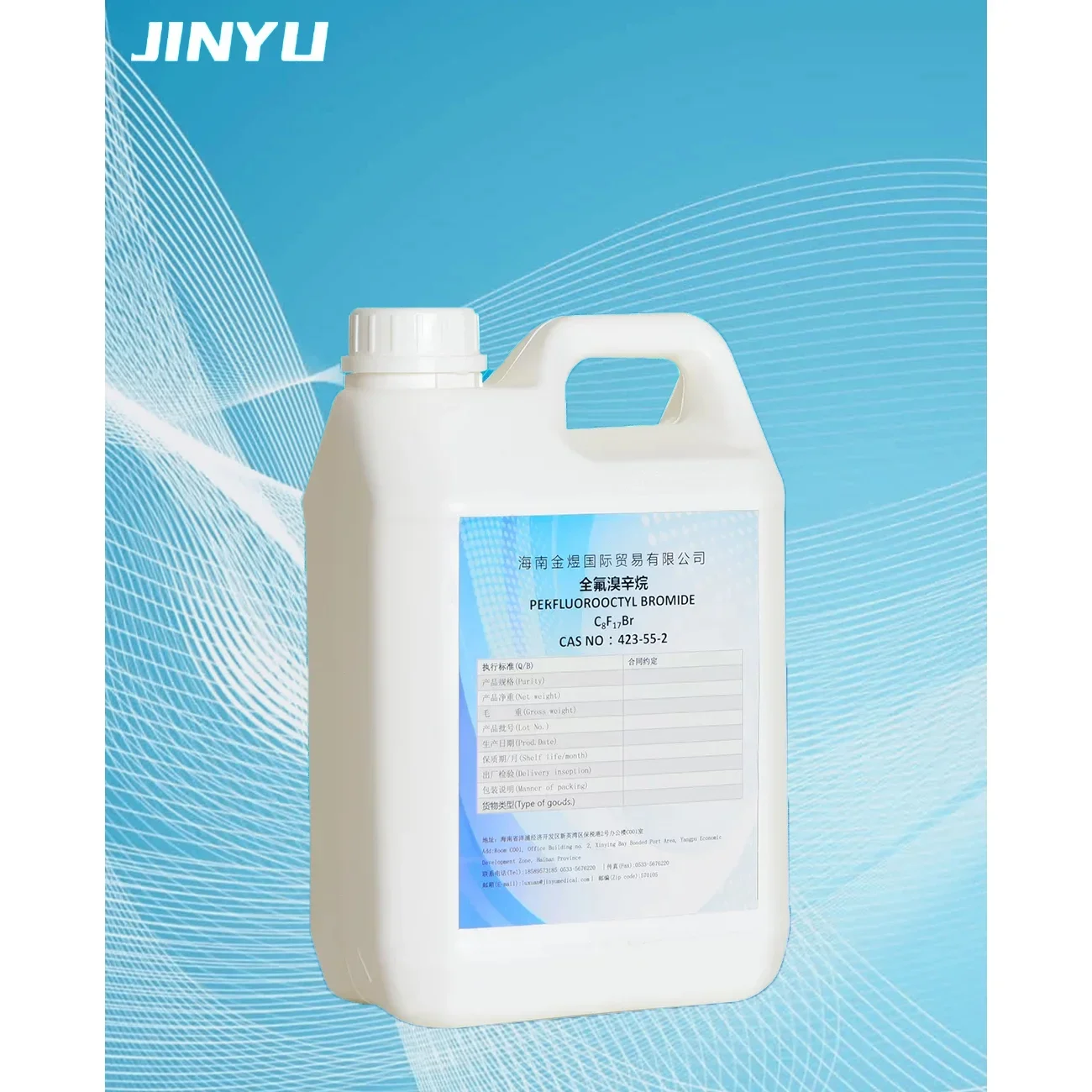Fluorine-containing biomedical materials are becoming increasingly popular in the medical field due to their unique properties. These materials can be used for a variety of applications, from drug delivery systems and tissue engineering scaffolds to diagnostics and bioprinting. While the use of fluorinated compounds in medicine has been known for many years, their full potential is only beginning to be explored. In this article, we will discuss the practical applications of these materials in different fields and how they can help improve healthcare on a global scale.

What are some common fluorine-containing materials?
There are many fluorine-containing materials that have biomedical applications. Fluoropolymers, such as polytetrafluoroethylene (PTFE), are often used in medical devices because of their inertness and biocompatibility. Fluorinated elastomers, such as perfluoroelastomer (PFE), are also used in medical devices and have superior resistance to blood, body fluids, and chemicals. Other fluorine-containing materials with biomedical applications include fluoroquinolone antibiotics, fluorinated contrast agents for imaging, and fluorocarbon blood substitutes.
What are the benefits of using fluorine in biomedical applications?
Fluorine is a naturally occurring element that has unique properties that make it ideal for use in biomedical applications. Fluorine is the most electronegative element, meaning it has a high affinity for electrons. This property makes fluorine-containing materials resistant to oxidation and corrosion. Fluorine also has low surface energy, which makes it difficult for proteins and other molecules to adhere to surfaces. These properties make fluorine-containing materials ideal for use in medical devices and implants that come into contact with bodily fluids. Fluorine-containing materials are also biocompatible, meaning they are not toxic to the body and do not provoke an immune response.
What are some challenges associated with using fluorine in biomedical applications?
There are a few challenges associated with using fluorine in biomedical applications. Fluorine is a very reactive element, which can make it difficult to work with. Additionally, fluorine is poisonous, so care must be taken to avoid exposure.
Another challenge is that fluorine-containing materials can be expensive. This is often due to the fact that they are not yet mass-produced.
Hainan Jinyu International Trade Co., Ltd. is a high-tech enterprise specializing in the research, development, and sales of chemical products, biopharmaceutical products, and pharmaceutical intermediates. If you are interested in us, you can call +86-0533-5676220 or send an email to luxuan5688468@163.com.







